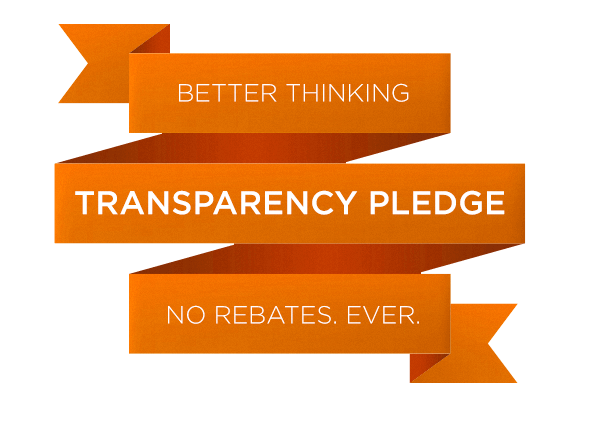Ad blocking may save digital marketing from itself
Every so often, the ad industry enters a panic mode tied to a subconscious self-loathing. Last year, Facebook slashed the organic reach of brand posts making ad gurus fret: Can social media work as a marketing platform? (Admit it, we always wondered.) Today, the issue is the use of ad blocking software to stop banner ads from popping up on screens. Digital marketers already struggling with viewability, ad fraud and low ad-response rates are shriveling in the cold realization that their audience may all go away.
I say, bring it on.
Ad blocking could be the best thing that has happened to the ad industry in years. It will make the remaining communications universe work better, encourage marketers to be more relevant and give publishers an incentive to back down from too much clutter.
But before we evaluate the positives, it’s worth asking how far ad blocking will go…

